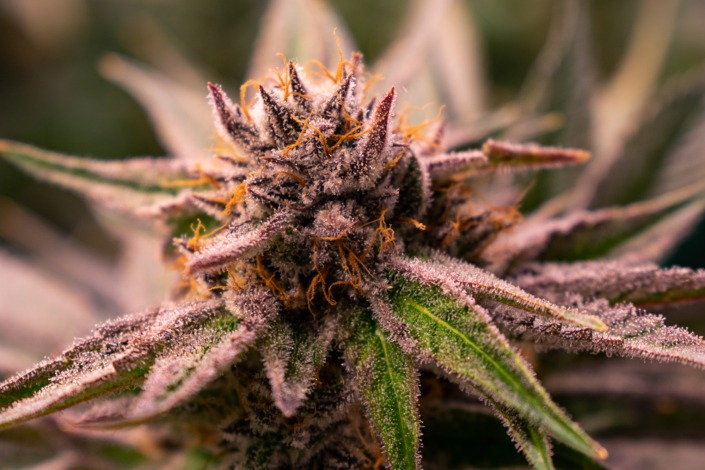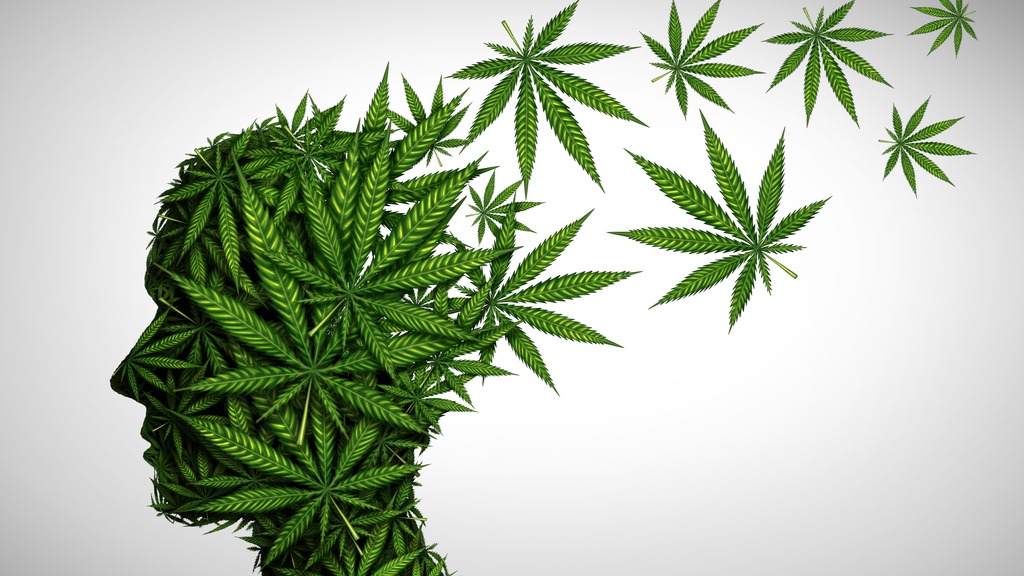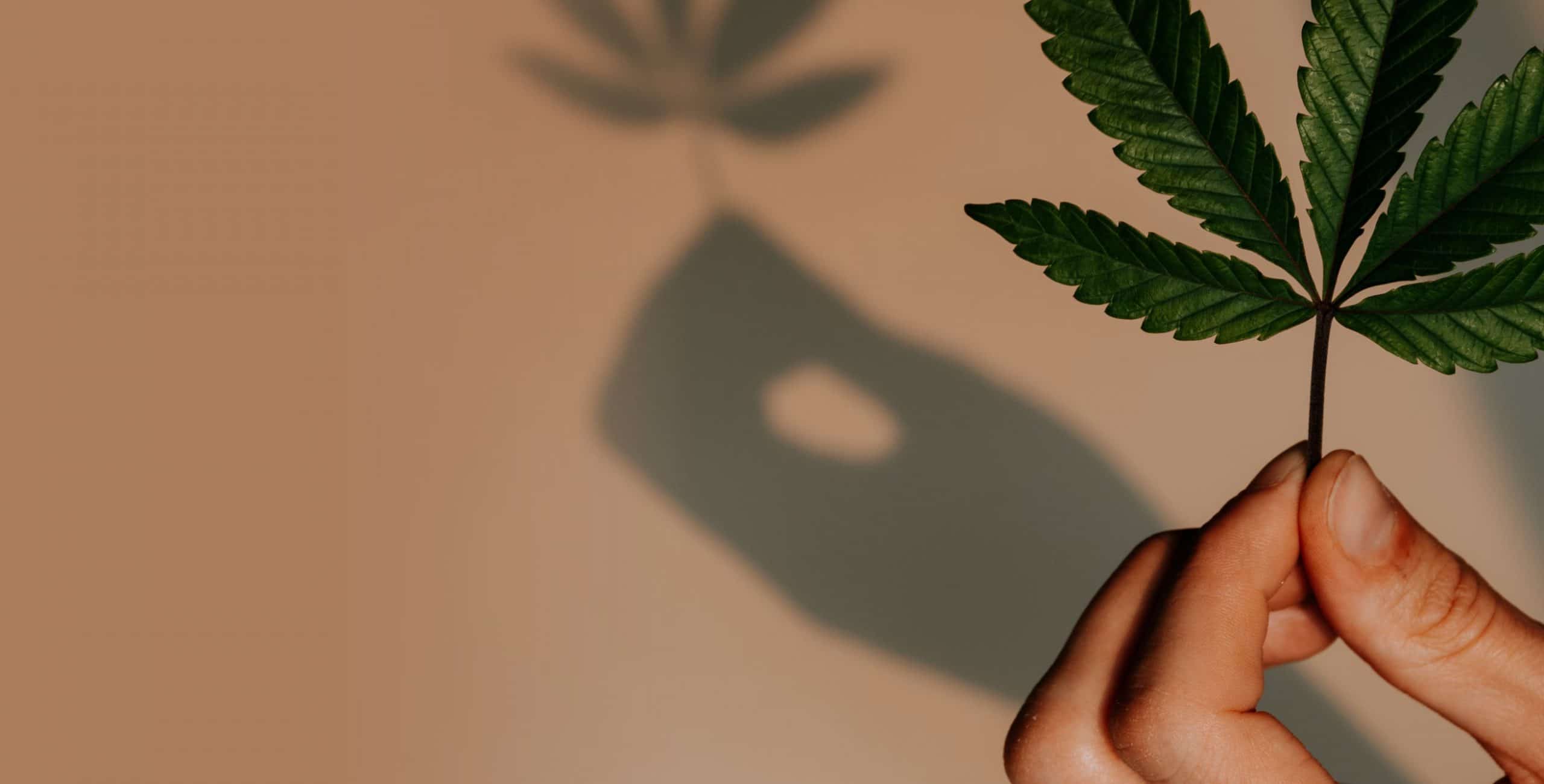The human body naturally produces some cannabinoids through the endocannabinoid system. They act in a similar way to neurotransmitters, sending messages throughout the nervous system.
These neurotransmitters affect brain areas that play a role in memory, thinking, concentration, movement, coordination, sensory and time perception, and pleasure.
The receptors that respond to these cannabinoids also react to THC and other cannabinoids. In this way, cannabinoids from an outside source can change and disrupt normal brain function.
THC appears to affect areas of the brain that control:
- Memory and Attention
- Balance, Posture, and Coordination
- Reaction time
Due to these effects, a person should not drive a car, operate heavy machinery, or engage in risky physical activities after using cannabis.
THC stimulates specific cannabinoid receptors that increase the release of dopamine. Dopamine is a neurotransmitter that relates to feelings of pleasure.
THC can also affect sensory perception. Colors may seem brighter, music more vivid, and emotions more profound.
What does a person feel?
When people use cannabis, they may notice the following effects:
- A feeling of elation or euphoria, known as a high
- Relaxation
- Changes in perception, for example, of color, time, and space
- An increase in appetite
- Feeling more talkative
Learn more about how cannabis affects the body.








